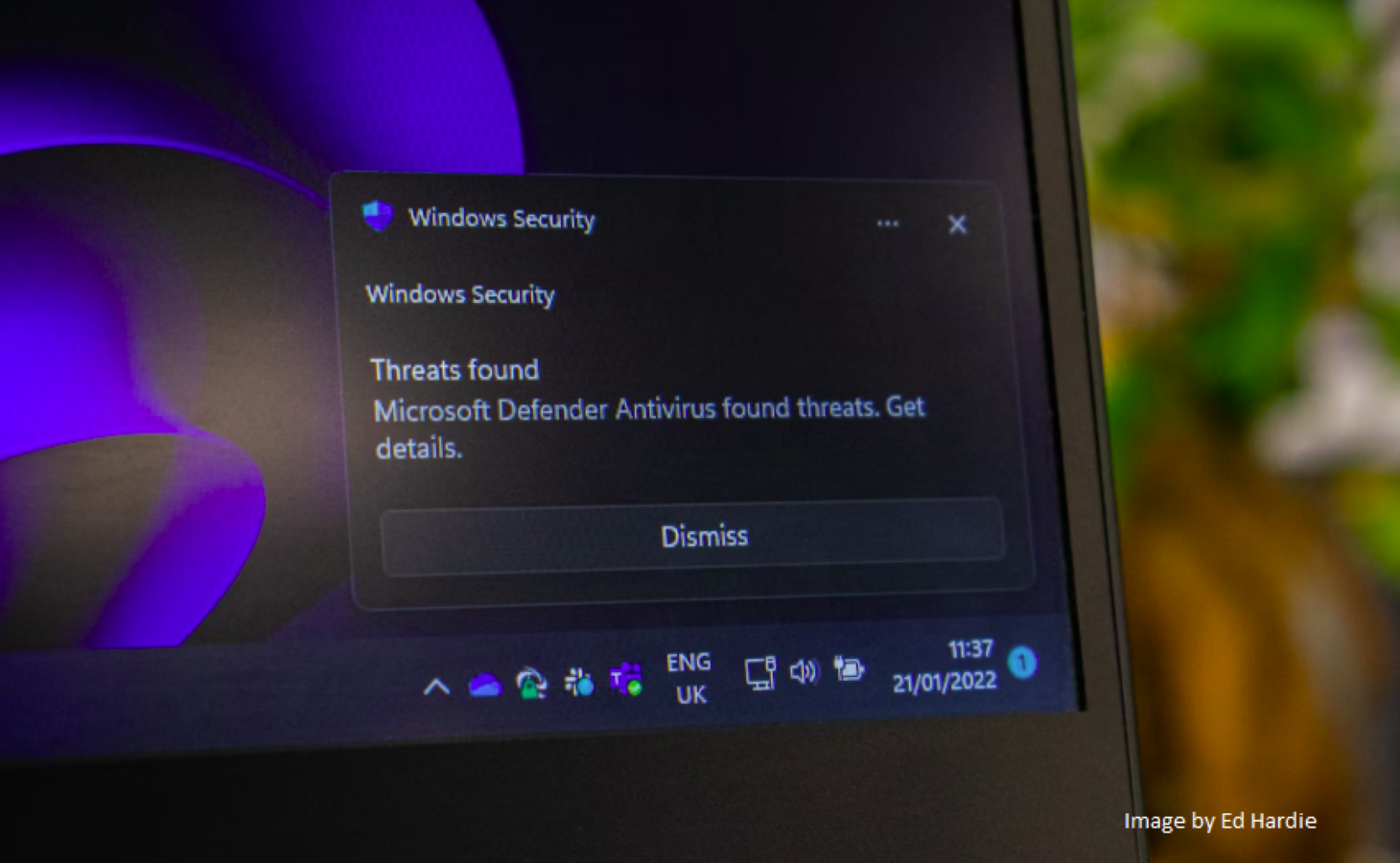Understanding Malware: Viruses, Worms, Trojans, and Ransomware
Published on 2025-04-30 by Light4Tech Solutions

As we increasingly rely on technology in our personal and professional lives, the threat of malicious software—commonly known as malware—has become a growing concern. Malware refers to any software intentionally designed to cause damage to computers, servers, or networks. In this article, we’ll explore four of the most common types of malware: viruses, worms, trojans, and ransomware. Understanding how each of these operates is the first step toward protecting yourself and your organization from cyber threats.
What is Malware?
Malware is a blanket term for any software created with malicious intent. It is used by cybercriminals to steal data, damage or disable systems, or gain unauthorized access to networks. Malware can be delivered in numerous ways—through email attachments, malicious websites, infected USB drives, or software vulnerabilities. Its presence can remain hidden for weeks or months before causing noticeable issues, making early detection difficult without proper cybersecurity tools.
The Four Major Types of Malware
Let’s take a closer look at four prevalent forms of malware: viruses, worms, trojans, and ransomware. Each has distinct characteristics and poses unique threats.
1. Viruses
Viruses are among the oldest types of malware. They attach themselves to clean files or programs and replicate when that program is run, spreading to other files or systems. Once activated, a virus may corrupt or delete data, disrupt system performance, or even disable entire networks. Viruses often rely on human interaction—such as clicking a link or opening an infected file—to begin their infection cycle.
2. Worms
Unlike viruses, worms do not require user intervention to spread. They exploit security vulnerabilities in operating systems or applications, allowing them to self-replicate and travel across networks autonomously. Worms can consume system resources rapidly, slow down internet connectivity, and facilitate the installation of other malware. One infamous example is the 2003 SQL Slammer worm, which crippled thousands of servers worldwide within minutes.
3. Trojans
Trojans disguise themselves as legitimate software or are hidden within harmless-looking files. Once installed, they open a backdoor that allows attackers to control the infected system remotely. Trojans can be used to spy on users, steal personal information, or install additional malware. Unlike viruses and worms, trojans do not replicate, but they are often part of a more extensive malware package.
4. Ransomware
Ransomware is one of the most financially damaging forms of malware. It encrypts the victim's files or locks access to their system, then demands payment—often in cryptocurrency—in exchange for a decryption key. Ransomware attacks have affected individuals, hospitals, corporations, and even city governments. Paying the ransom does not guarantee file recovery, and it encourages further criminal activity. As a result, prevention is crucial.
How to Protect Yourself
While no system is entirely immune to malware, there are several steps you can take to reduce your risk:
- Install reputable antivirus software and keep it updated regularly.
- Enable firewalls to help block unauthorized access to your network.
- Keep your operating system and all software up to date to patch known vulnerabilities.
- Avoid clicking on suspicious links or downloading unknown attachments from emails.
- Back up your data regularly to minimize loss in the event of a ransomware attack.
- Educate yourself and your team about common phishing tactics and social engineering techniques.
Understanding the different types of malware is vital in today’s digital landscape. Whether it’s a virus that replicates across your files, a worm that silently crawls through your network, a trojan that opens hidden backdoors, or ransomware that holds your data hostage, the threat is real—but so is the opportunity to defend against it. Staying informed, vigilant, and prepared is the best defense against malicious software.